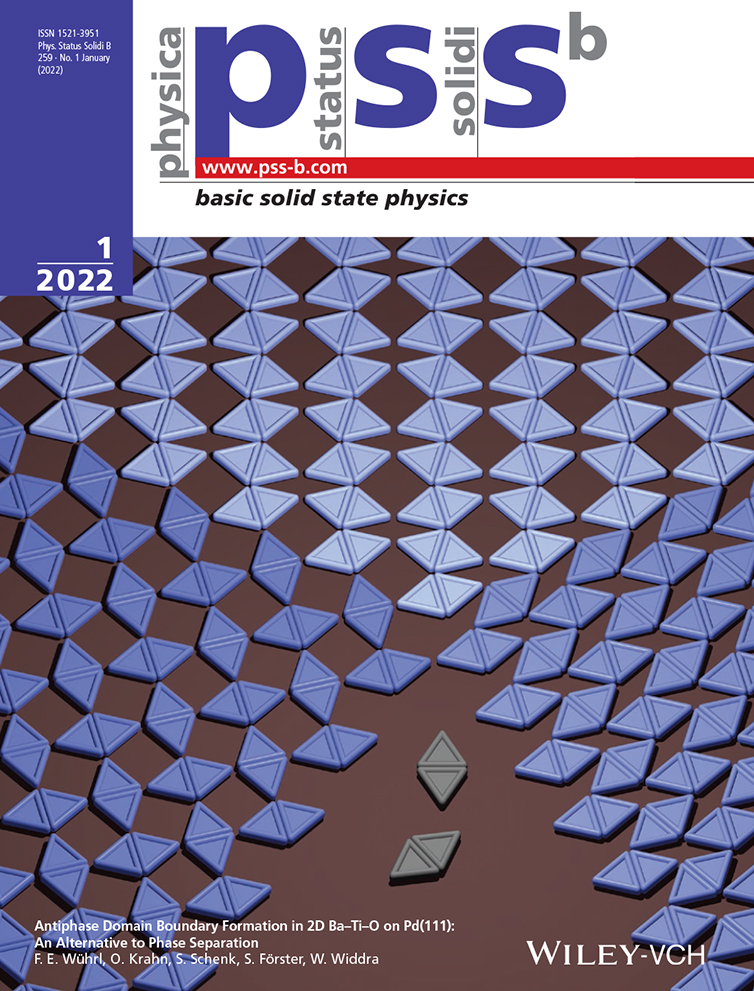Effect of Intrinsic Nb5+ Vacancy on Dielectric and Polarization Behaviors of KSr2Nb5O15: First-Principles Investigation
Abstract
The Nb in the structure of ferroelectric KSr2Nb5O15 (KSN) is designated as Nb1 or Nb2 as it is surrounded by differing amounts of oxygen atoms. The dielectric properties and spontaneous polarization intensity of KSN with different Nb5+ vacancies are studied using first-principles calculations and the influence mechanism of intrinsic cation vacancies on the dielectric properties and spontaneous polarization intensity of KSN is clarified. The dielectric constants and polarization responses to the materials are different when vacancy is formed at these two types of Nb sites, respectively; vacancy at the Nb1 site increases the dielectric constant, whereas vacancy at the Nb2 site decreases it. Furthermore, the experimental results support the effects of Nb5+ vacancy on the polarization behavior of the material, including polarizability and polarization intensity. This study provides a theoretical foundation for better understanding and improving the dielectric properties and polarization behavior of tungsten bronze structure ferroelectrics.
Conflict of Interest
The authors declare no conflict of interest.
Open Research
Research data are not shared.




